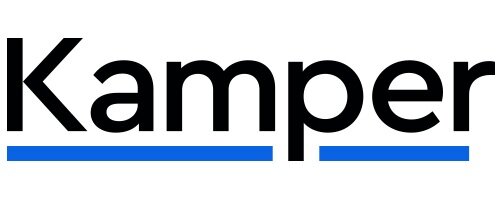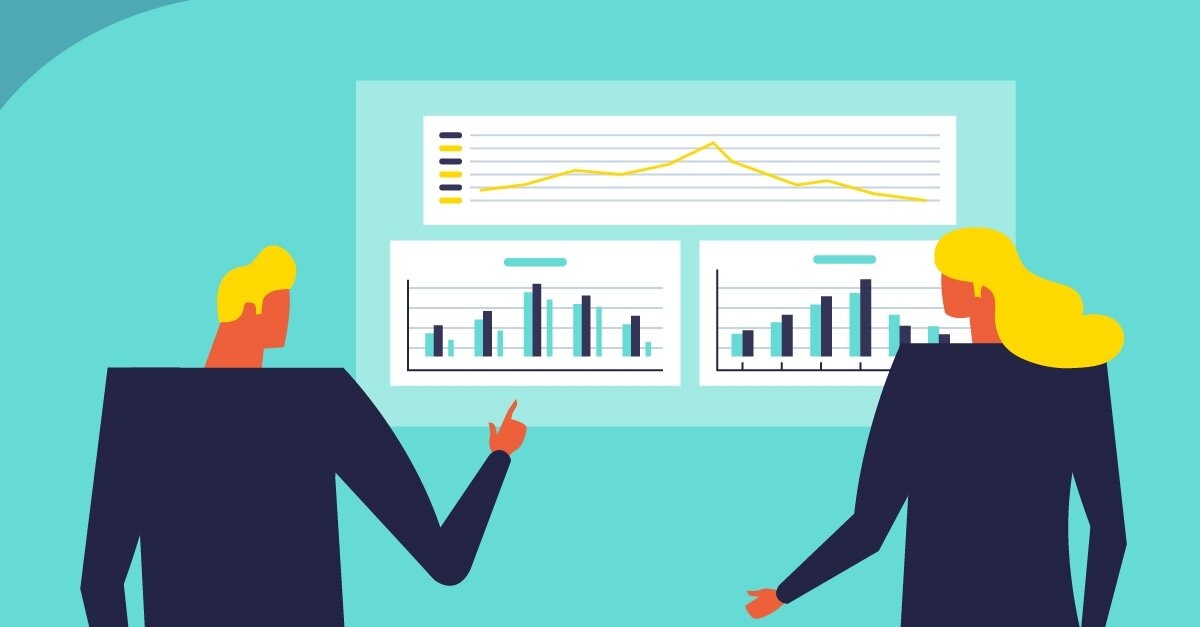Cash Flow Forecasting: Why it’s important for your business
KEY POINTS
A cash-flow forecast provides insight of the expected short-term inflow and outflow of cash, enabling the business owner to have vision of future cash flow and the ability to make pro-active decisions.
Business owners can make calculated decisions in relation to the timing of payments, investment decisions as well as debt financing.
Having foresight will allow your business to be more pro-active when it comes to ensuring customers pay on time.
From our experience working with many SME’s over the years we have seen that one of the most important financial management tools when running a successful business is cash flow forecasting. As the saying goes, ‘turnover is vanity, profit is sanity and cash is king’.
In this article we will summarise 3 important key reasons why a well-managed cash flow forecast is crucial to the survival and growth of your business.
Firstly, what is a cash flow forecast?
In short, a cash flow forecast is a map. It’s a map that illustrates when money is flowing in and when money is flowing out.
This is a prediction based on historical patterns of cash flow, expected transactions as well as predictions for the future.
A well-managed cashflow forecast will predict when cashflow is expected to be tight and will identify when cash is available to expand the business or to pay profits to owners.
Can you prepare a cash flow forecast once?
Given the high volatility of cash flow, businesses need to be reviewing their cash flow forecasts on at least a weekly basis to ensure they don’t get caught short and become unable to meet their obligations on time.
1. Business Decision Making
A cash flow forecast is an essential decision making tool for businesses. A forecast provides the business owner with vision and provides insight of the expected short-term inflow and outflow of cash. With this data business owners can make calculated decisions in relation to the timing of payments, debt financing and investment decisions.
Examples include the following:
Timing of payments: Timing of payments is crucial when trying to maintain a healthy cash flow. A cash flow forecast can help you determine which suppliers to pay and when. Furthermore, communication is key in maintaining a strong relationship with suppliers and forecasting enables you to be pro-active in communicating with suppliers of any payment delays or arrangement of payment plans.
Investment decisions: Knowing when the business will have surplus cash in the bank allows business owners to plan for what to do with the surplus. A cash flow forecast is essential in making key investment decisions such as the purchase of capital, employment of new staff, increasing salaries as well as when to distribute profits to owners. A cash-flow forecast will justify the affordability of investment decisions for your business.
Debt Financing: It’s important to be pro-active in understanding when there may be difficult cash flow periods for your business. Foresight will allow a business owner to be pro-active in arranging short term debt financing when necessary. This may be in the form of increasing credit card/overdraft facility limits or arranging a short-term loan.
2. Scenario Strategies
A cash flow forecast is useful in determining the financial impact certain business decisions will have on your business. You can input varying scenarios into your cash flow forecast to help you visualise the possible impact certain decisions will have on your future cash flow. When making business decisions using the cash flow forecast it is also important to compare forecasts based on best, expected and worst case scenarios.
Examples include:
Hiring new employee: Determine whether your business can afford to hire a new employee by adding in the costs to your cash flow forecast.
Purchase of new equipment: Determine whether your business can afford to purchase the equipment outright or if your business will need to finance the equipment.
Relocate shopfront or warehouse to larger space: Determine whether this decision will be affordable for the business by adding in relocation costs and increase in rent to the cash flow forecast. You could also compare with the repayment costs of purchasing a new warehouse or shopfront.
3. Be Proactive with Accounts Receivable
A business may be generating profits but if the customers are not paying on a timely basis then you will not be able to meet the businesses liabilities on time. A cash flow forecast will allow your business to have foresight in ensuring customers pay on time. This may come in the form of arranging payment plans with certain customers to ensure you are receiving frequent cash flow.
As a business you may implement direct debit software such as Debtor Daddy or Chaser to improve your debtor days.
What is the best way to create a cash flow forecast?
1) Manually via excel spreadsheets – There are many useful templates that you can find online.
2) Online software that sync with Xero, Quickbooks and MYOB.
3) Contact your trusted advisor at Kamper and they can assist you.


